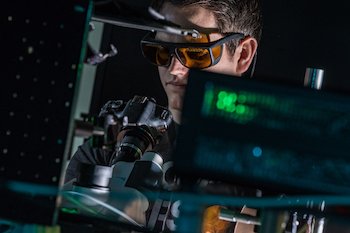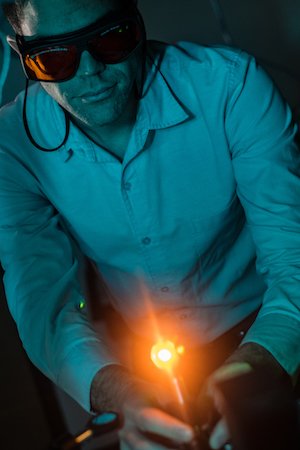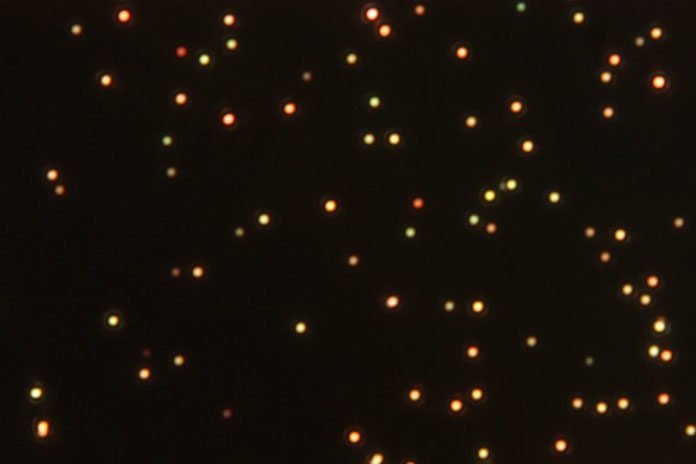Plasmons are the organized wavering of electrons in metals that is activated by light. Plasmonic nanoparticles are nanometer-sized precious stones that retain and respond with light with unprecedented affectability. Since their size, shape, structure and nearby condition all impact their properties, plasmonic nanoparticles can be tuned for an extensive variety of uses.
Analysts who make and study plasmonic particles, for the most part, need to know and control their reactivity, so it is vital to have the capacity to contemplate numerous individual particles at the same time with the best determination of time, space and vitality conceivable.
As of recently, getting every one of that information has been a testing procedure for single particles and difficult to do continuously.
A novel technique has been recently developed by Rice scientists that shows a field of plasmonic nanoparticles simultaneously to learn how their differences change their reactivity. The technique called snapshot hyperspectral imaging (SHI) now has been used primarily in astronomy as it enables scientists to view minute differences between otherwise identical nanoparticles and see how they react in response to light and environmental changes.

The technique involves novel hardware and performing two analyses at once: particle localization and spectroscopy. It aligns a microscope, a pair of camera systems, a broad-spectrum supercontinuum laser and a diffraction grating to synchronize multiple streams of data about the target particles in an instant. It matches spatial information with spectral emissions and resolves wavelengths of light to about a fifth of a nanometer. The spectral images have a signal-to-noise ratio above 100-to-1 for ordered arrays. For random arrays with overlapping spectra, the ratio is about 20-to-1.
Christy Landes, professors of chemistry and computer and electrical engineering said, “Measuring reactions on heterogeneous samples is hard. You want intimate details about how a particle’s surface, shape, and size influence its reactivity, but once you go to look at a different particle in the sample with that level of detail, it’s too late! It has already reacted.”
“The trick here is to take snapshots of many particles while we’re also collecting spectral information. When combined, they provide details with millisecond time resolution about many particles while they’re reacting. We don’t have to start the reaction over again to get meaningful statistics.”
Co-author and graduate student Benjamin Hoener said, “When you make a sample of nanoparticles, you don’t get particles with exactly the same size and shape. You wind up with particles that have defect sites, slightly different shapes and crystal structures that make them absorb light and molecules on their surfaces a little differently.”

To test the system, the researchers measured randomly deposited gold nanoparticles and gathered up to 20 simultaneous spectra with excellent resolution. In future tests, they anticipate that versions of SHI with more advanced camera sensors will capture spectra of up to 500 individual gold particles simultaneously. They hope to enhance SHI to enable spectroscopic imaging of nanoparticles as they grow from nondetectable seeds.
Co-lead author and graduate student Kyle Smith said SHI captures data in a thousandth of a second. “Processes in these particles occur very quickly, and they’re difficult to monitor,” he said. “We were able to observe kinetic processes that hadn’t been observed at this time scale.”
The system allows researchers to get a sense of what’s happening around individual particles as well, Hoener said. “Because they’re also sensitive to the local environment, we can track when electrochemical reactions occur on a single particle, at what (electrical) potential those reactions occur and compare them to see what makes this process happen faster on one particle than another,” he said.

SHI is detailed in the American Chemical Society’s Journal of Physical Chemistry.
